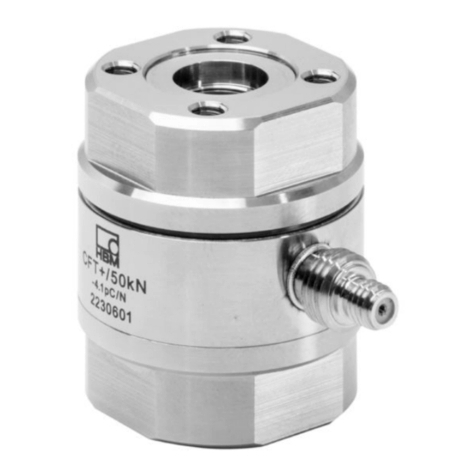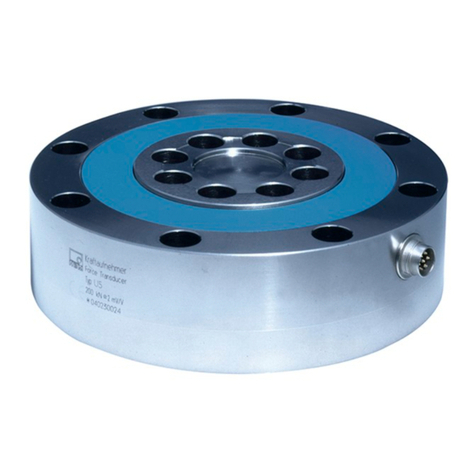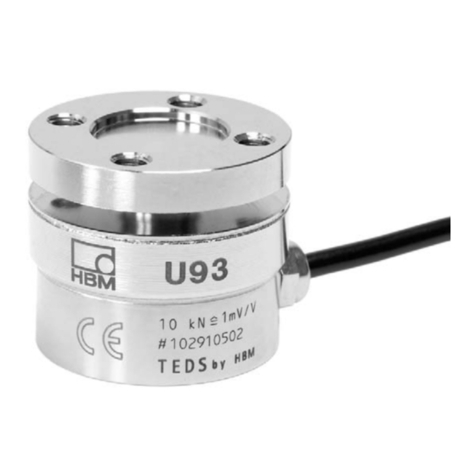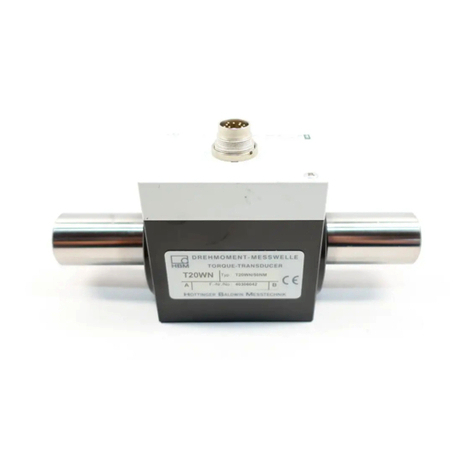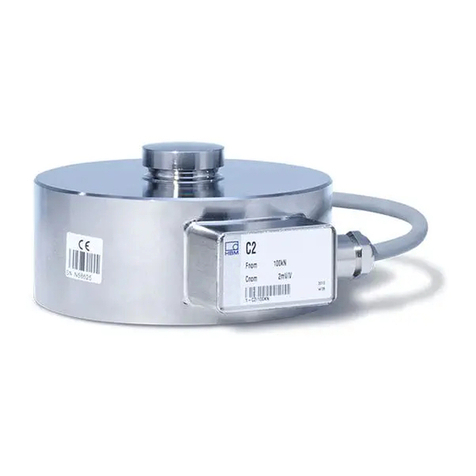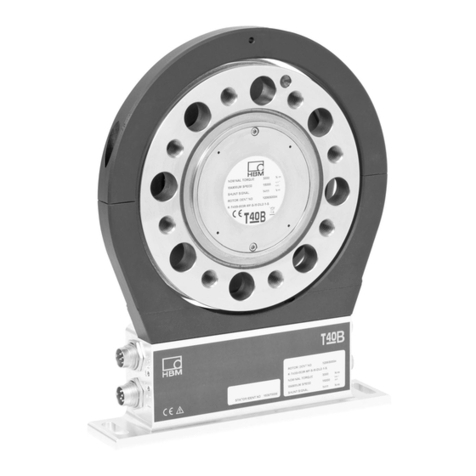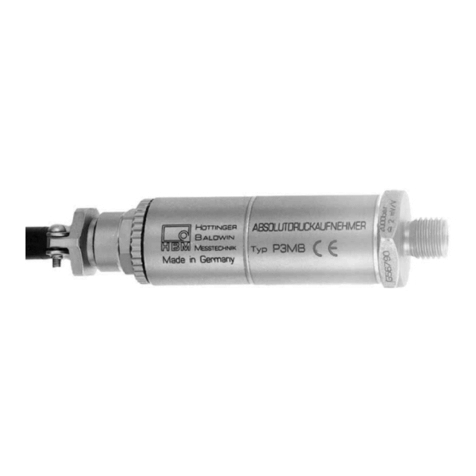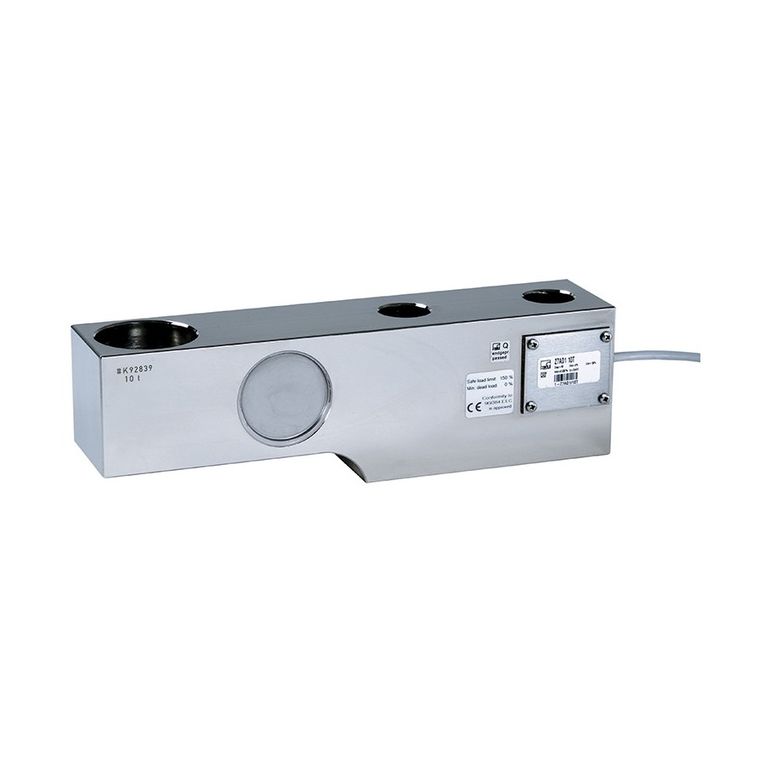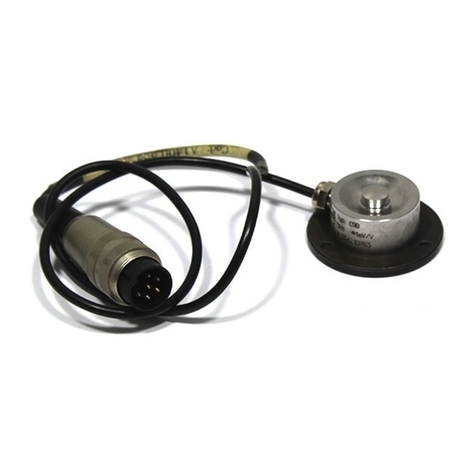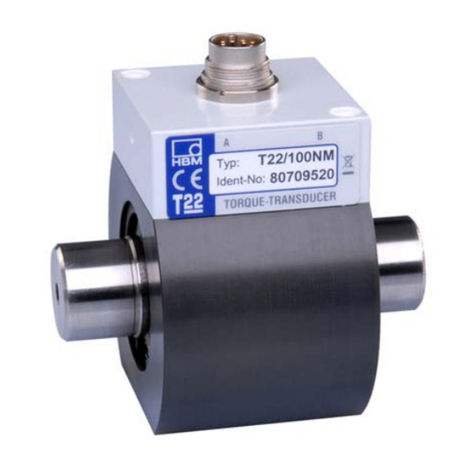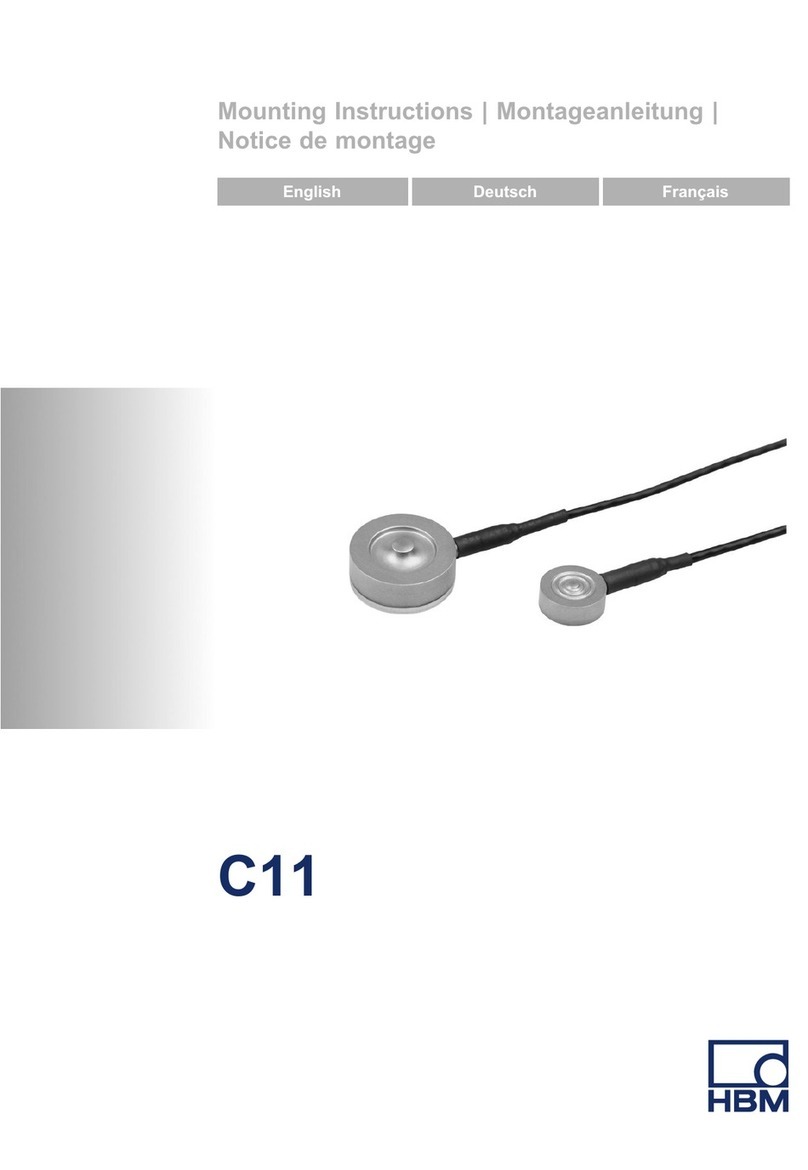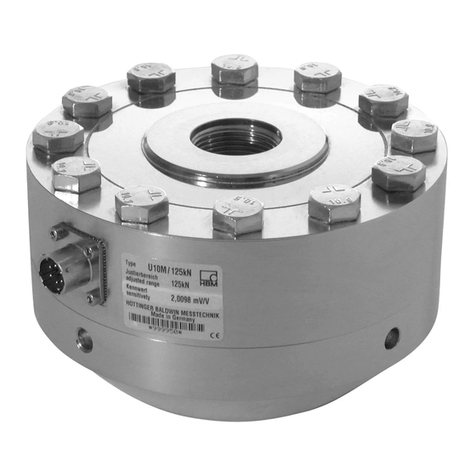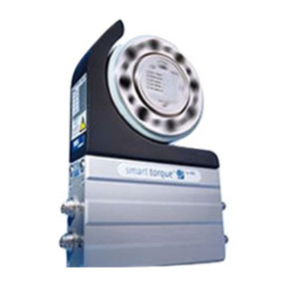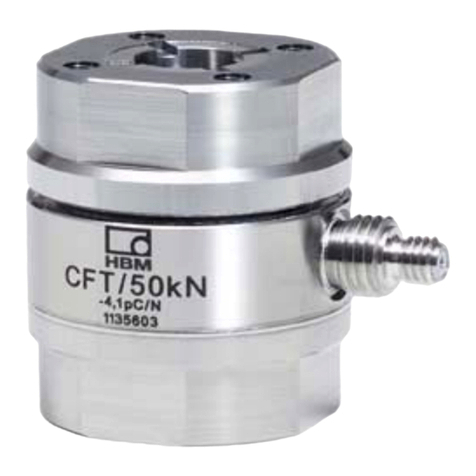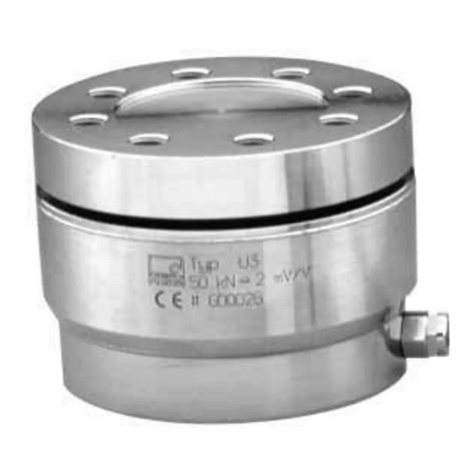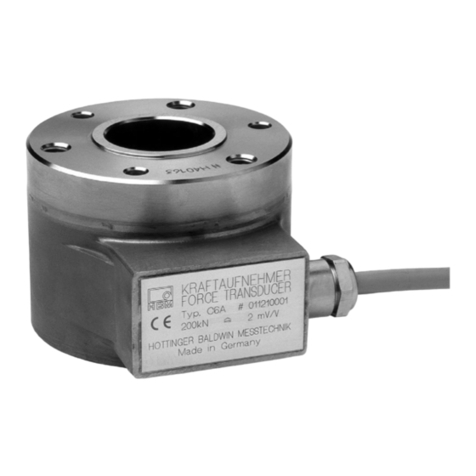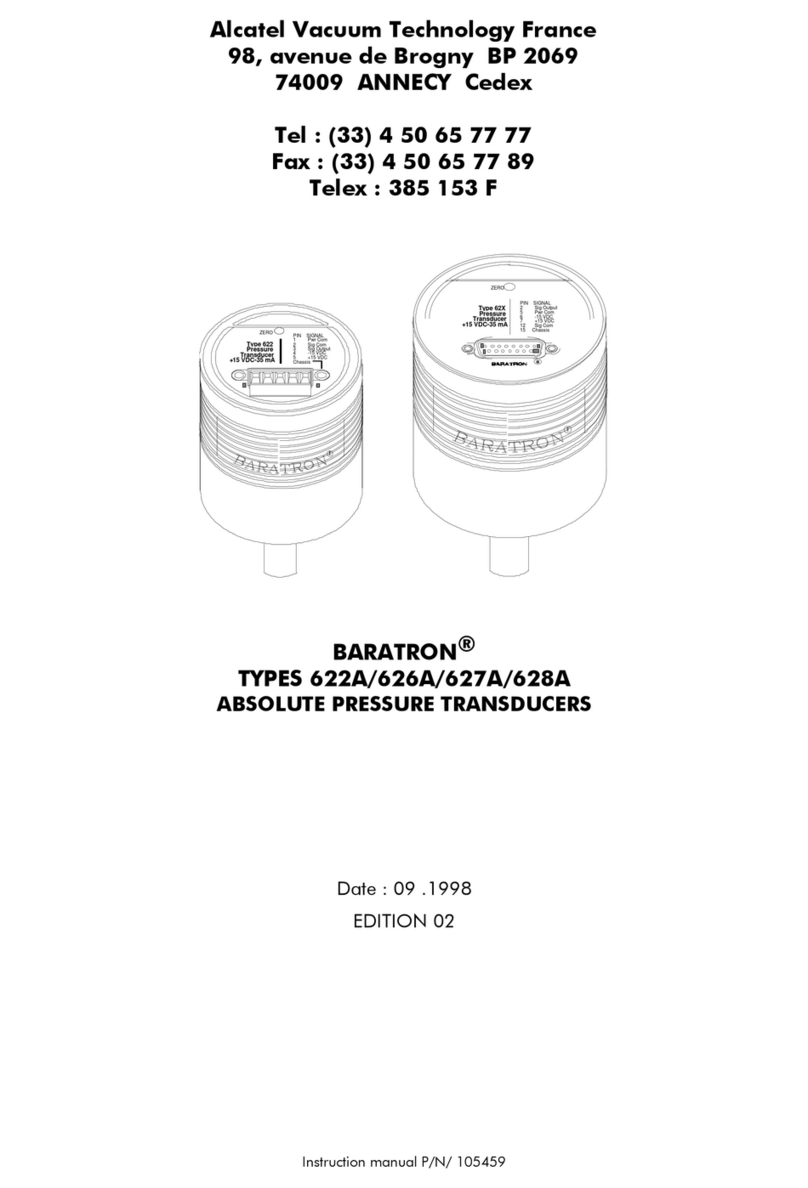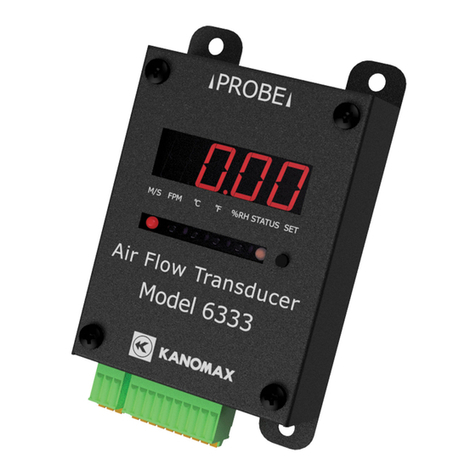
AED9101D
4I3563-1.0 en
SThe device must not be modified from the design or
safety engineering point of view except with our
express agreement. In particular, any repair or solder-
ing work on motherboards (replacement of compon-
ents) is prohibited. When exchanging complete mod-
ules, use only original parts from HBM.
SThe device is delivered from the factory with a fixed
hardware and software configuration. Changes can
only be made within the possibilities documented in
the manuals.
SThe device is maintenance free.
SPlease note the following points when cleaning the
housing:
- Disconnect the device from all current and voltage
supplies before cleaning it.
- Clean the housing with a soft, slightly damp (not
wet!) cloth. Never use solvent as this could damage
the labeling or the housing.
- When cleaning, ensure that no liquid gets into the
device or connections.
SIn accordance with national and local environmental
protection and material recovery and recycling regula-
tions, old equipment that can no longer be used must
be disposed of separately and not with normal house-
hold garbage, see Chapter 7, page 31.
Qualified personnel
Qualified persons means persons entrusted with the
installation, fitting, commissioning and operation of the
product who possess the appropriate qualifications for
their function.






